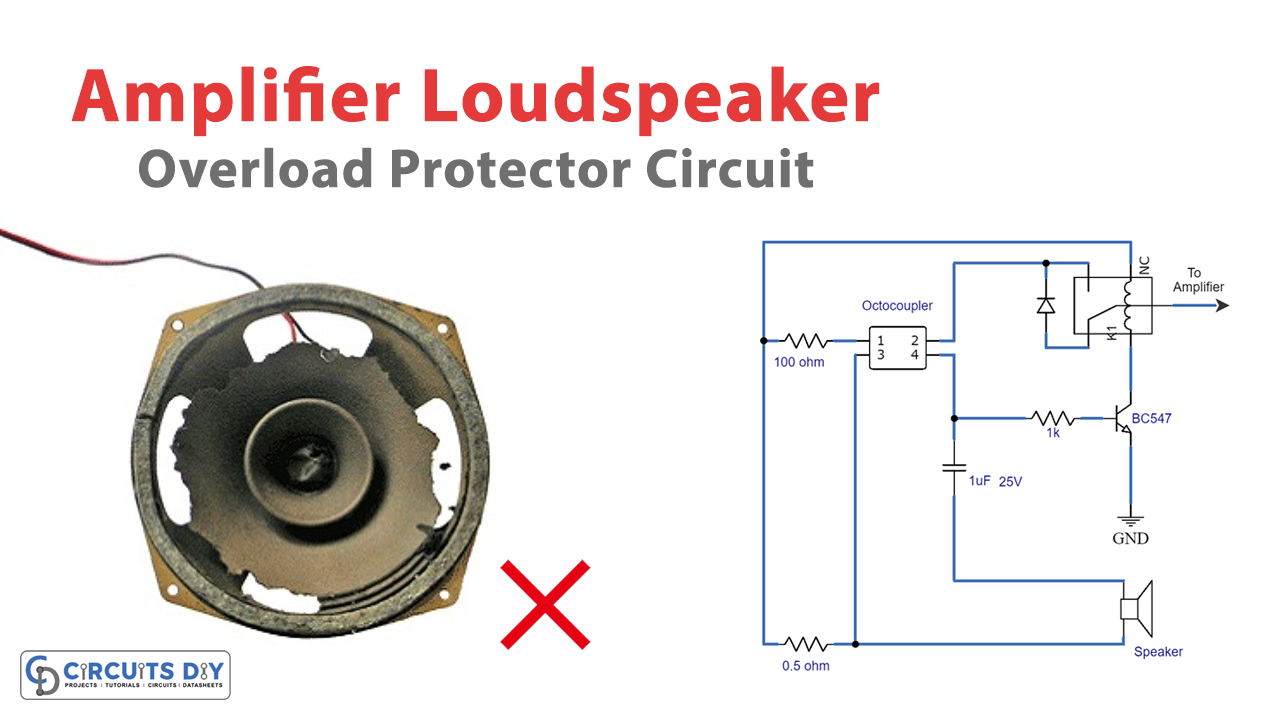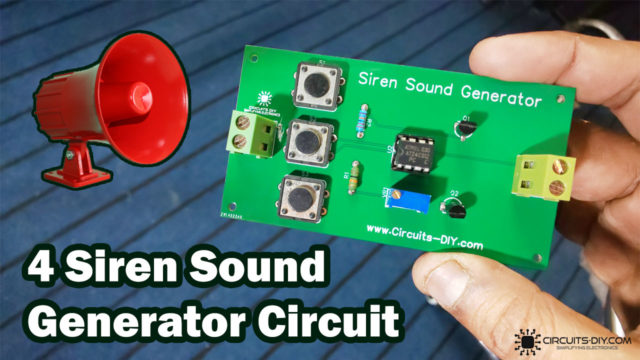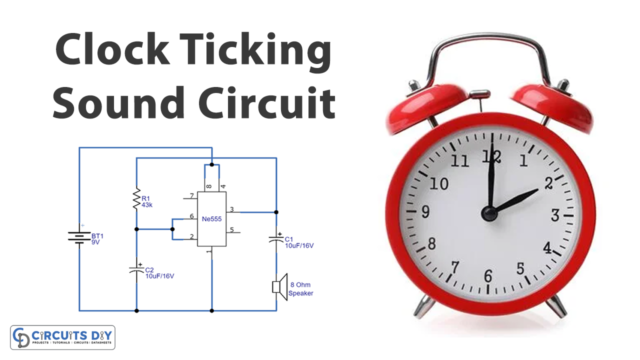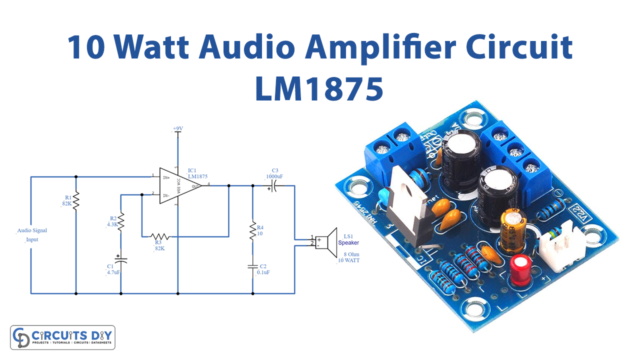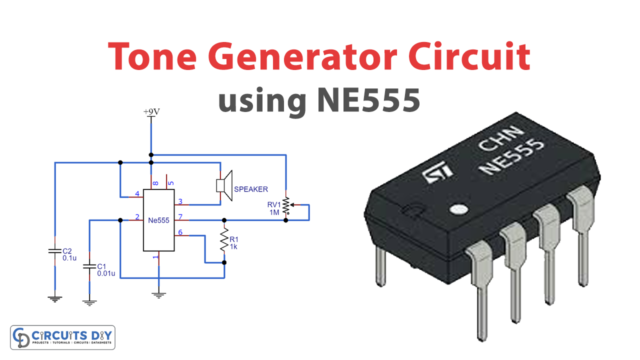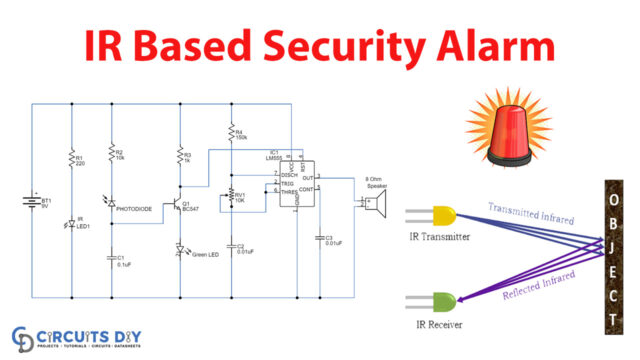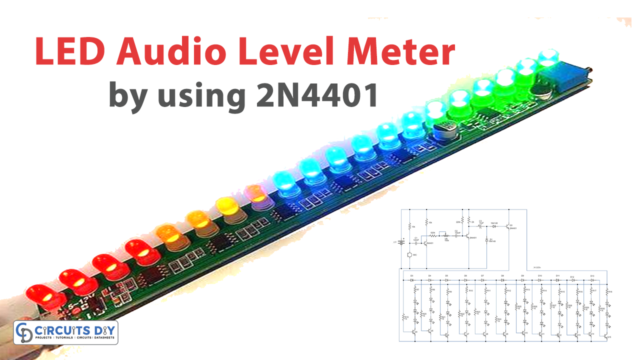Introduction
Are you tired of blown-out speakers and damaged amplifiers? Well, fear not, my friends! Today, we are going to embark on a journey to create a super-creative Amplifier/Loudspeaker Overload Protector Circuit.
This circuit is like a guardian angel for your audio setup, always watching over it, protecting it from harm. Say goodbye to those frustrating moments of blown-out speakers and hello to crystal-clear audio. So, gather your components and start building a circuit that will protect your amplifiers!
Hardware Required
You will require the following hardware for the Amplifier/Loudspeaker Overload Protector Circuit.
| S.no | Components | Value | QTY |
|---|---|---|---|
| 1 | Opto Coupler | PC817 | 1 |
| 2 | Relay | – | 1 |
| 3 | Resistor | 0.5, 100, 1k | 1, 1, 1 |
| 4 | Transistor | BC547 | 1 |
| 5 | Capacitor | 1uF/25v | 1 |
| 6 | Speaker | – | 1 |
| 7 | Diode | – | 1 |
Circuit Diagram
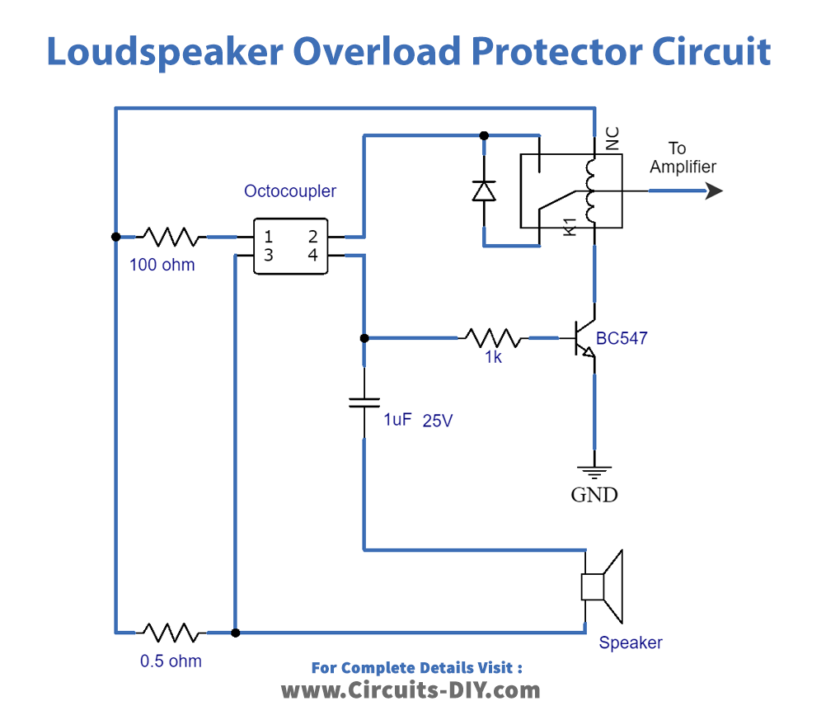
Explanation of the Circuit
The design of an amplifier using expensive MOSFETs can be particularly susceptible to short circuits at the outputs. This can result in the destruction of the MOSFETs in the amplifier, causing significant damage. To prevent this, a small circuit for detecting short circuits at the outputs of an amplifier can be attached. The presented amplifier short/overload protection circuit diagram is a cost-effective design that uses just one transistor to provide this feature.
A low-value resistor is typically used at the output of MOSFET amplifiers, and the current flowing through this resistor can be monitored. If the current exceeds the maximum safe value, it can be used to trip a relay.
The current threshold across the resistor is detected by an LED inside an optocoupler, which illuminates in the event of a short or overload condition. This immediately triggers the opto-transistor, which in turn switches on the transistor driver and connected relay mechanism.
Since the relay coils disconnect the amplifier from the speaker output, they protect the amplifier devices from potential harm. The capacitor at the base of the transistor keeps the transistor switched on for a few seconds, preventing the relay from oscillating randomly.
Final Words
In conclusion, the Amplifier Short/Overload Protection Circuit is a smart and simple solution for safeguarding your amplifier from the damaging effects of short circuits. The circuit’s design speaks to the importance of safety and it serves as a reminder that even small details can have a significant impact.
We hope you found this article inspiring and have a newfound appreciation for the clever solutions engineers have created to solve real-world problems. Try this circuit, and feel free to ask any questions. Happy learning to you


